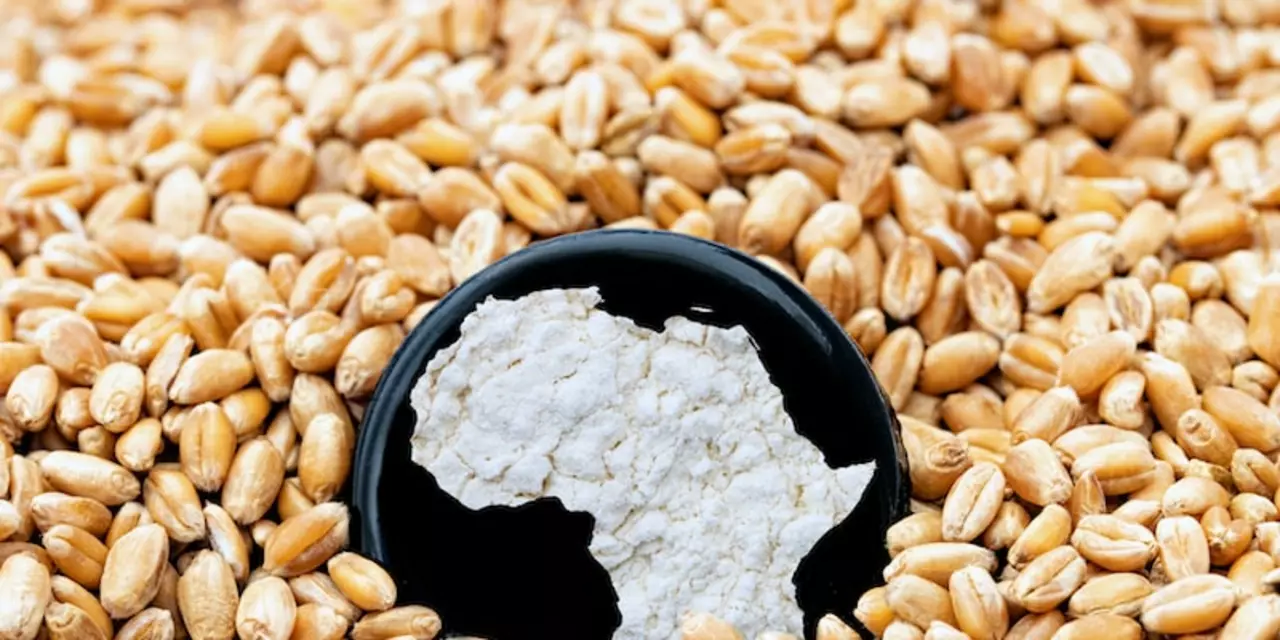Chapatis – Simple Recipes, Tips, and Why We Love Them
If you’re scrolling through Udupi Daily News and stumble on the chapati tag, you’re probably after a quick, tasty flatbread that fits any meal. Chapatis are the go‑to Indian bread for busy families: they’re cheap, quick, and pair well with curries, veggies, or even a simple dollop of ghee. Below you’ll find the basics, a few handy tricks, and a couple of variations that keep things interesting.
How to Make Classic Chapatis in 5 Easy Steps
First, gather the ingredients: whole‑wheat flour, water, a pinch of salt, and a splash of oil if you like a softer bite. Mix the flour and salt in a bowl, then add water little‑by‑little while stirring. When the dough comes together, knead for about five minutes until it feels smooth and not too sticky. Let it rest for ten minutes – this helps the gluten relax and makes rolling easier.
Divide the dough into golf‑ball sized portions, roll each into a smooth ball, and flatten with a rolling pin. Aim for a disc about 6‑7 inches in diameter; if it’s too thick, the chapati will stay hard, too thin and it may tear.
Heat a dry tawa or skillet over medium‑high heat. Place the rolled disc on it; you’ll see small bubbles forming in about 20‑30 seconds. Flip, and press gently with a clean cloth – the chapati should puff up. Flip again for a few seconds, then remove and keep warm in a cloth-lined basket. Repeat for the rest of the dough.
Quick Tips to Up Your Chapati Game
• Water temperature matters. Warm water (not boiling) makes the dough more pliable, especially in colder kitchens.
• Don’t over‑roll. A few extra layers of flour can keep the chapati soft, but too much rolling squeezes out the air, resulting in a dense flatbread.
• Use a heavy tawa. A thick pan distributes heat evenly, helping the chapati puff perfectly without burning.
• Add a drizzle of ghee. Brushing a little melted ghee on each side right after cooking adds flavor and keeps the chapati from drying out.
• Try a blend. Mix a tablespoon of millet flour or chickpea flour with the wheat for a nutty taste and extra nutrition.
Now that you have the basics, you can experiment. Some families in Udupi add finely chopped cilantro or crushed garlic to the dough for a fragrant twist. Others sprinkle sesame seeds on top before cooking for crunch.
Chapatis also double as a quick snack. Spread a little peanut butter, honey, or even jam, roll it up, and you’ve got a wholesome bite that’s perfect for kids after school.
Whether you’re feeding a large gathering or just making a single serving for yourself, chapatis are forgiving. A little practice, a few tweaks, and you’ll have a staple that never disappoints.
Got a favorite chapati story or a secret ingredient? Share it in the comments and keep the conversation rolling. Happy cooking!

What is the typical food of a poor Indian?
Poor Indians have a diet which is mostly dependent on basic staples like wheat, rice and pulses. These are supplemented by a variety of vegetables and fruits, which are seasonal and locally available. Dairy products and meat are consumed sparingly, and mainly by those who can afford it. Poor Indians usually have simple meals which consist of chapatis, dals and vegetables, or rice and sambar.